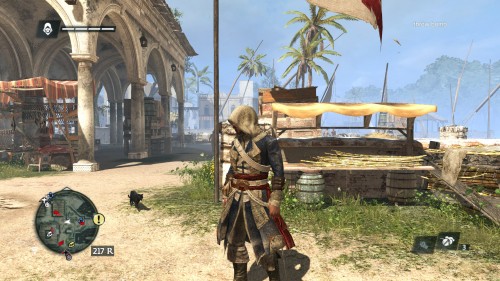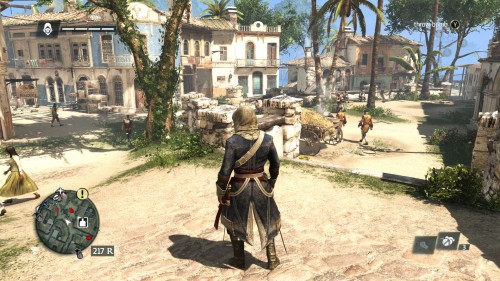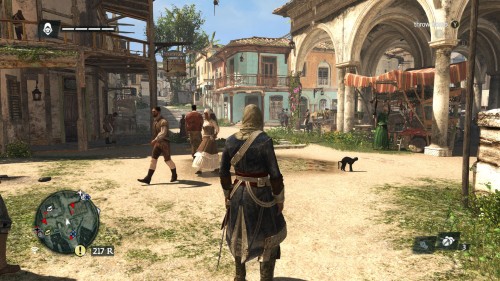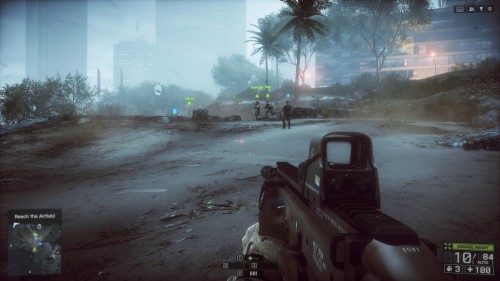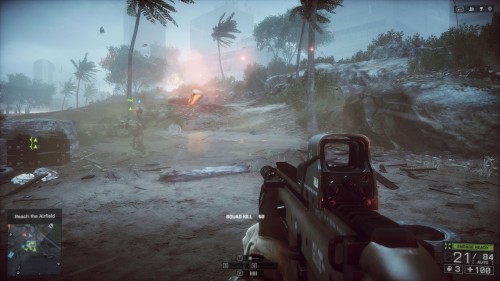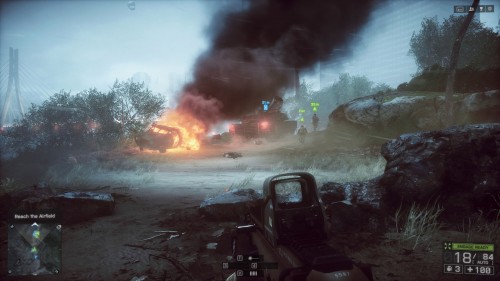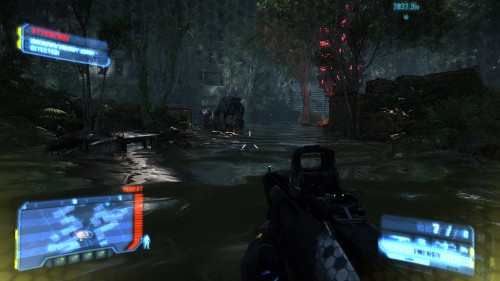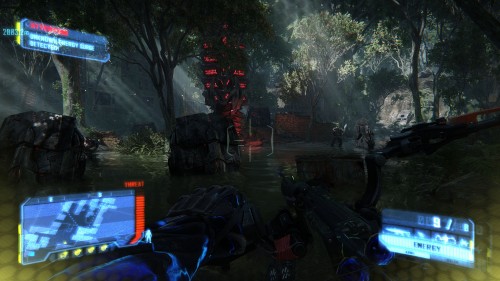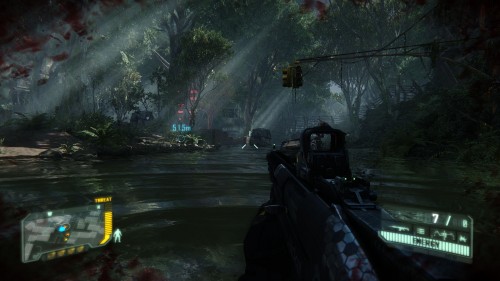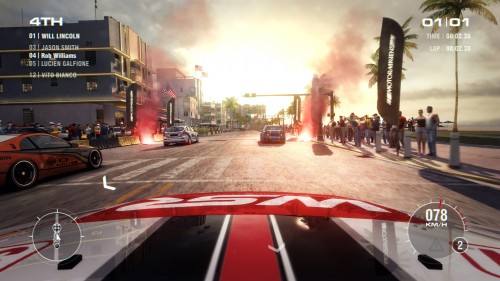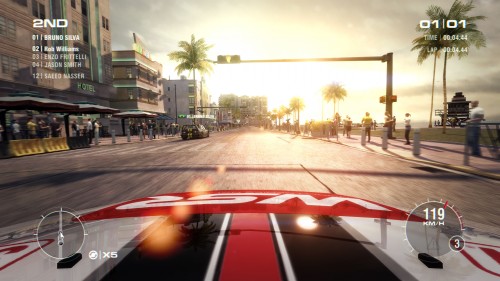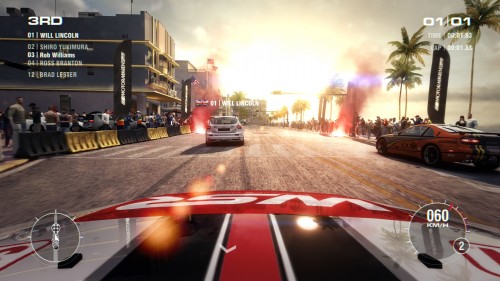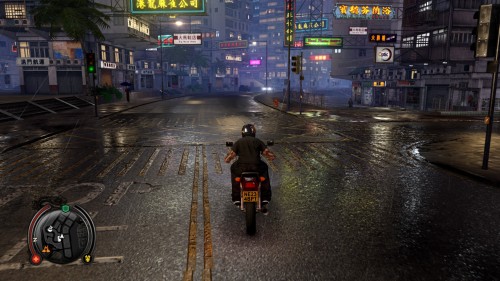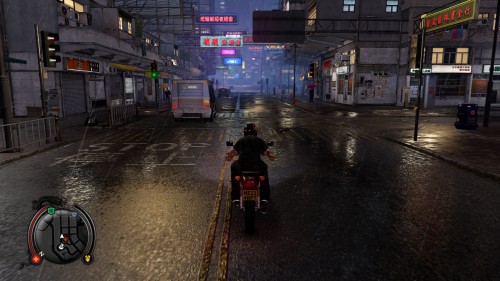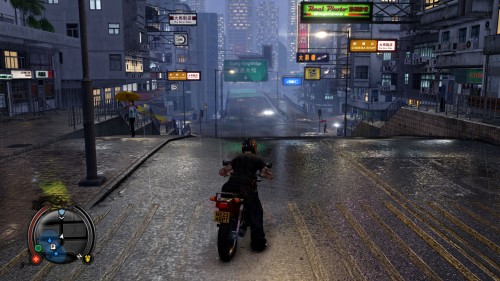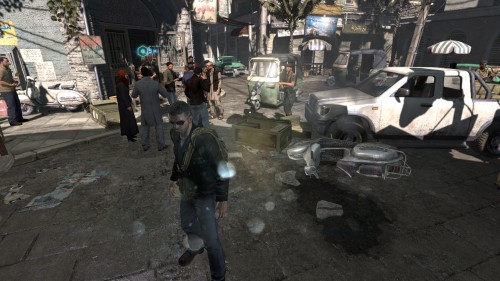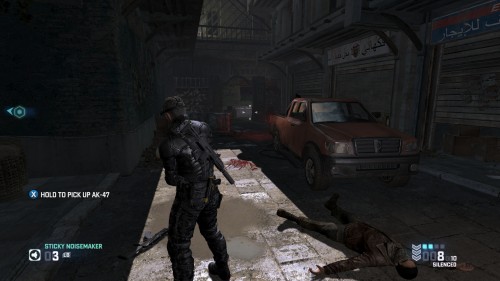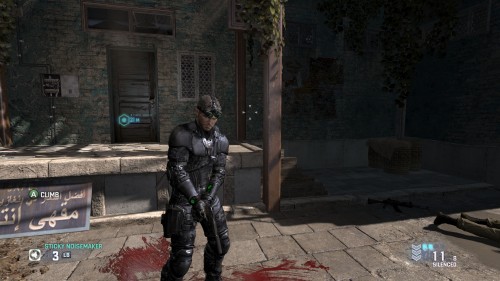- Qualcomm Launches Snapdragon 4 Gen 2 Mobile Platform
- AMD Launches Ryzen PRO 7000 Series Mobile & Desktop Platform
- Intel Launches Sleek Single-Slot Arc Pro A60 Workstation Graphics Card
- NVIDIA Announces Latest Ada Lovelace Additions: GeForce RTX 4060 Ti & RTX 4060
- Maxon Redshift With AMD Radeon GPU Rendering Support Now Available
AMD’s GTX 760 Killer? MSI Radeon R9 285 Twin Frozr IV Review

It may be a year late, but with its Radeon R9 285, AMD claims that it’s come up with the perfect recipe for taking on NVIDIA’s GeForce GTX 760 – a card that hasn’t seen much of a price drop since its release. Featuring an updated GCN architecture, the R9 285 is an interesting card even outside of its elected battle, so let’s check it out.
Page 7 – Best Playable: Single Display
For about as long as GPU-accelerated games have existed, an ideal performance target has been 60 frames-per-second. Owing thanks to this is the standard 60Hz monitor, which delivers its best result when the framerate matches its refresh rate. To make sure the monitor’s refresh rate and game’s framerate keep aligned, to avoid visible tearing, VSync should be enabled.
While I believe our Best Playable results will appeal to any gamer, they could especially prove useful to those intrigued by livingroom gaming or console replacements. The goal here is simple: With each game, the graphics settings are tweaked to deliver the best possible detail while keeping us as close to 60 FPS on average as possible.
Because our Metro Last Light and Total War: SHOGUN 2 tests are timedemos, and because this kind of testing is time-consuming, I am sticking to six out of the eight games I test with for inclusion here.
For comparison’s sake, I’m including the Best Playable results from EVGA’s GeForce GTX 760, priced at $240, and Sapphire’s R9 280 Dual-X, priced at $220. As mentioned on the first page of this review, the R9 280 originally launched with a $250 price tag, and as the R9 285 is now here, it’ll soon be phased out. Note, all three cards are pre-overclocked, but vary in OC level.
Note: Both the GTX 760 and R9 280X cards were benchmarked about six months ago; due to time constraints, they were unable to be retested. It goes without saying that had these cards been rebenchmarked, they’d see slightly improved performance.
AMD’s R9 285 is impressive here, as unlike the R9 280 and GTX 760, it managed to score a Best Playable at 1440p. That of course required a couple of settings to be decreased, but to achieve that higher resolution, it’s a small price to pay. On the other cards, 1440p would have required dropping the detail below desired levels.
We saw with AC IV: Black Flag, that the R9 285 card was able to handle a bit more abuse than the others, and that’s something that’s going to continue on for the rest of the page. In Battlefield 4, that extra oomph allowed us to bump every single detail level aside from Effects up to Ultra, while retaining SSAO.
With AC IV: Black Flag and Battlefield 4, it wasn’t too challenging to find a Best Playable setting, but with Crysis 3, it kind of was. The reason is that the game is just such a tank, and most of the individual settings can skew performance too much. Fortunately, bumping the texture detail up to Very High allowed us to separate the card from the others and retain the average 60 FPS we’re after.
At 1440p, this R9 285 is able to handle GRID 2 at max detail – save for dropping the Shadows to High – very comfortably at over 60 FPS.
The same Best Playable settings were used across all three cards here (not surprising given the lack of tweaking-ability in the game), so the R9 285 simply helped us break through the 80 FPS mark. No card here could be considered a true “winner”, though, as with VSync enabled, all three can successfully keep the game locked to 60 FPS.
The R9 285 managed to easily outpace the other two cards in the first five games, but with Blacklist, they’re all brought to an even playing field.
Support our efforts! With ad revenue at an all-time low for written websites, we're relying more than ever on reader support to help us continue putting so much effort into this type of content. You can support us by becoming a Patron, or by using our Amazon shopping affiliate links listed through our articles. Thanks for your support!




